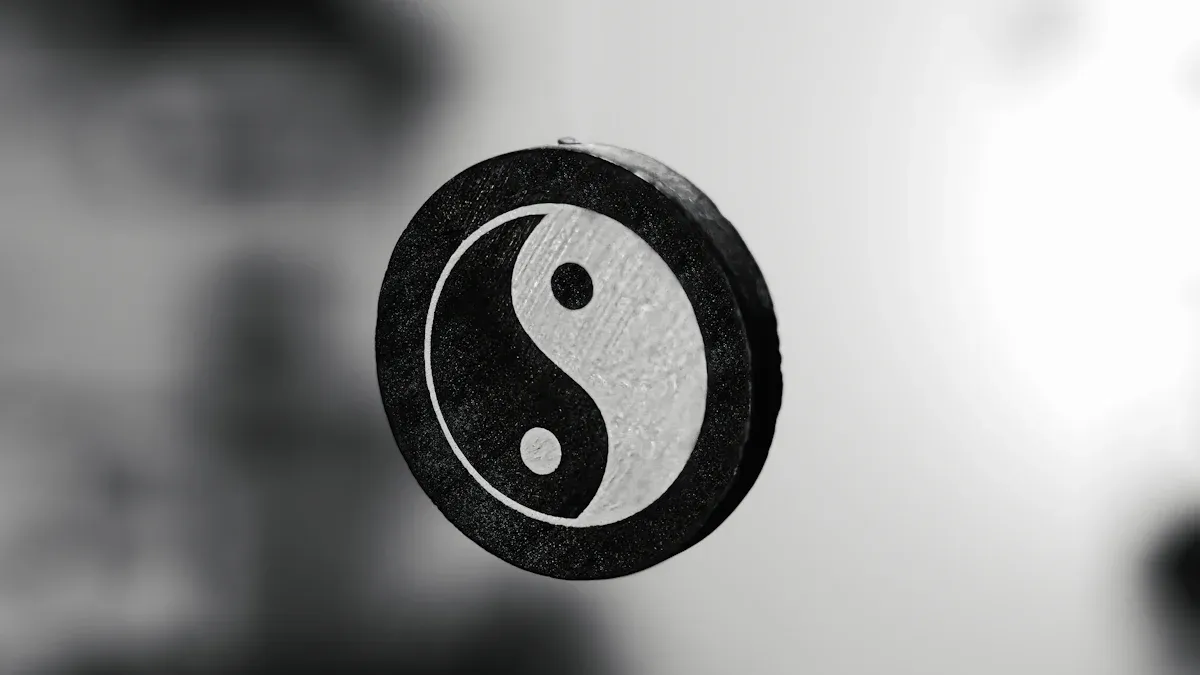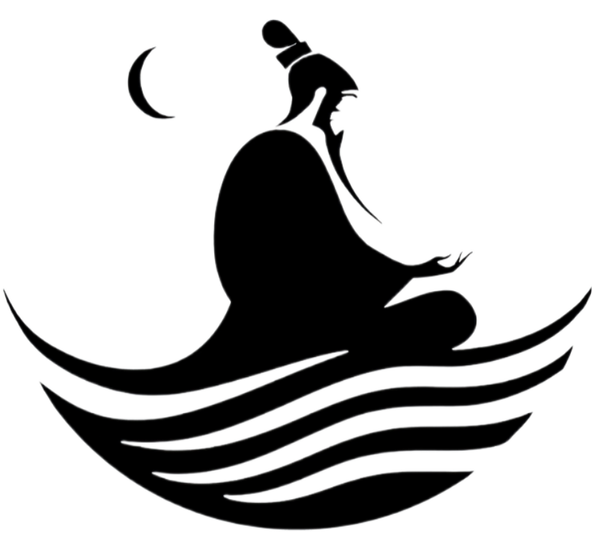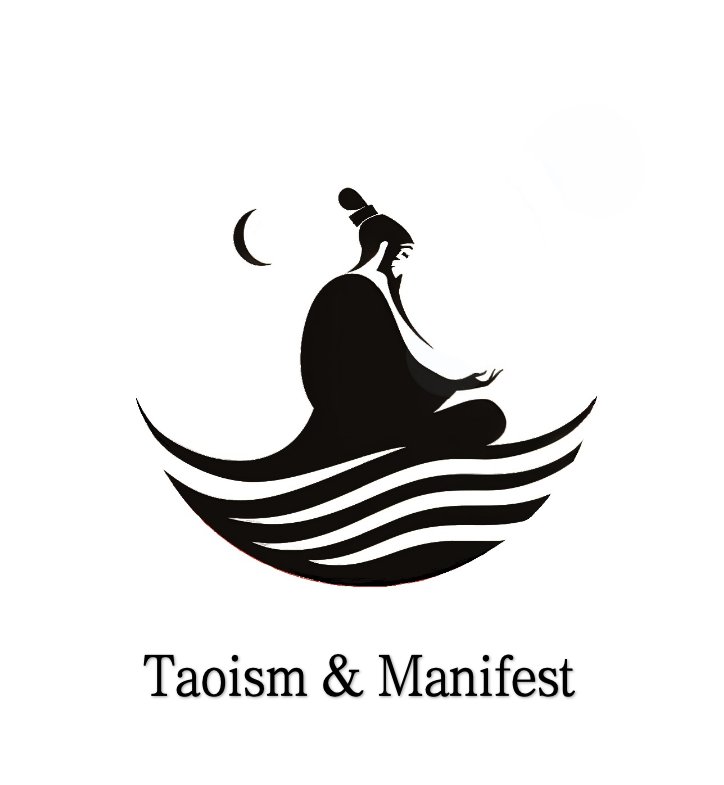
Many people today feel stressed by work and life needs. Almost 60% of Americans say they have trouble with work-life balance. More than half have missed special times because of work. Taoist wisdom says balancing yin and yang means mixing action with rest. It also means mixing goals with being okay, and being present with thinking. Yin and yang are like two parts of one thing. Each part helps the other. Taoist ideas say that when someone follows the Tao, life feels easier and happier. Taoism tells people to notice the moment and listen to their own needs. It also says to use Taoist wisdom to make real balance. Studies show that doing things and resting help mood, sleep, and health. Taoist practices offer practical ways to apply the Tao every day. They help people stay in the moment and find balance. (For insights on how to incorporate Taoist principles into a busy urban lifestyle, check out our guide on How Taoism Helps You Slow Down and Enjoy City Life)
Key Takeaways
Balancing yin and yang means mixing doing things with resting. This helps you feel healthy and happy each day.
Taoist practices like mindful breathing, tai chi, and being in nature help lower stress. They also keep your energy balanced. Setting clear lines between work and home life protects your time. It also keeps your peace and makes both parts better. Using empathy and honest talk builds strong and calm relationships.
These relationships help you feel good. Small daily habits, like taking breaks and noticing your feelings, help you stay balanced.
These habits help even when life changes.
Yin and Yang Basics

The Yin and Yang Symbol
The yin and yang symbol stands as one of the most recognized images in the world. In yin yang philosophy, this symbol shows how two opposite forces can work together in harmony. The black half represents yin, which stands for darkness, rest, and softness. The white half stands for yang, which means light, action, and strength. Each side contains a small dot of the other color. This detail reminds people that yin and yang always hold a piece of each other. Nothing is ever pure yin or pure yang.
Ancient Chinese people first noticed yin and yang in nature. They saw sunlight and shadow change during the day. Early records from the 14th century BCE show that people used these ideas to describe the world around them. Over time, yin and yang philosophy grew to explain not just nature, but also life, health, and even decision-making. The symbol’s swirling pattern shows that yin and yang never stay still. They move and change, just like the seasons or the flow of water. (Learn more about traditional Chinese concepts including yin and yang in our article What Are the Five Elements in Feng Shui and What Do They Mean )
The yin and yang symbol teaches that balance brings harmony. It encourages people to accept change and look for unity in opposites.
Complementary Forces
Yin and yang work as a team. In yin and yang philosophy, yin means coolness, quiet, and softness. Yang means warmth, energy, and activity. These forces depend on each other. For example, night (yin) follows day (yang), and rest (yin) helps people recover after work (yang).
Yin and yang appear in many parts of life:
In traditional Chinese medicine, health comes from balancing yin and yang in the body.
In martial arts, soft yin movements blend with strong yang actions.
In feng shui, people arrange homes to balance yin and yang energy for comfort and peace.
Yin and yang philosophy shows that every action has a reaction. When people balance yin and yang, they find more peace and energy in daily life. This balance helps with work, relationships, and personal growth.
Taoist Principles for Balance
Wu Wei
Taoist philosophy teaches that wu wei means effortless action. People who follow wu wei do not force things. They let life move with its own natural flow. This idea comes from the tao, which guides all things. When someone uses wu wei, they pause, watch, and act only when the time feels right. This approach helps reduce stress. Psychological studies show that wu wei helps people accept hard times and focus on the present. Senior bankers in China and runners in the UK both found that wu wei brought them calm and growth. Wu wei supports yin and yang by blending action with stillness. It helps people find balance between doing and waiting.
Harmony with Nature
Living in harmony with nature is a key part of taoism. Taoist practice encourages people to spend time outdoors and notice the world around them. Nature shows the dance of yin and yang every day. Trees, rivers, and seasons all move with the tao. Research finds that being close to nature makes people feel calm and happy. Green spaces lower stress and help people trust and care for each other. Even looking at pictures of nature can boost kindness and reduce sadness. Taoist wisdom says that when people follow the natural flow of the world, they find more balance and peace. (Discover how Taoist principles are reflected in popular culture with our exploration of Exploring Life Wisdom and Taoism through Winnie-the-Pooh)
Qi Gong and Energy Flow
Qi Gong is a taoist practice that uses gentle movement, breathing, and focus to guide the flow of energy, or qi, through the body. This practice helps balance yin and yang inside a person. Qi Gong improves mood, lowers anxiety, and helps people feel more alive. Scientists have found that Qi Gong can help with many health problems, from stress to trouble sleeping. By following the tao and using Qi Gong, people can keep their energy in harmony and support their well-being. Living the yin and yang philosophy means using these tools to stay in tune with the tao and the natural flow of life.
Balancing Yin and Yang Daily
Activity and Stillness
Each day, people try to find a good mix of activity and rest. Some people do too much and forget to take breaks. Others rest too much and feel tired or lazy. Balancing yin and yang means knowing when to move and when to stop. Yin is about being still and resting. Yang is about being active and full of energy. Both are needed for a healthy life.
People can use easy habits to help balance their lives. Taking short walks outside helps people feel calm and connected to nature. Setting aside quiet time for meditation or thinking helps the mind relax. Making quiet spaces at home or work can lower noise and help people focus. Cutting down on screen time and planning breaks from devices also helps people feel peaceful.
Doing things like meditation and mindfulness often helps the brain and emotions. These habits lower stress and help people pay attention. Many cultures, like the Dutch with 'niksen' or the Italians with 'Dolce far Niente,' think rest is as important as being busy. These ideas show that mixing activity and rest helps people feel better and get more done.
A good daily plan might have active things in the morning and relaxing things at night. Being mindful while eating or walking helps people stay in the moment. Tai chi and yoga mix movement and stillness, so they are good for balancing yin and yang. By paying attention to their bodies, people can feel more peaceful and balanced.
Emotional Regulation
Feelings can go back and forth between yin and yang. Anger and worry show too much yang. Sadness and tiredness show too much yin. Handling feelings is important for balance and happiness. People can use mindfulness to notice their feelings without judging them. Mindfulness helps people stay calm instead of reacting fast.
Writing in a journal is a good way to balance emotions. Writing down thoughts and feelings helps people see patterns and what causes them. Creative things, like drawing or playing music, also help with emotional balance. Spending time with family and friends and listening closely can make relationships stronger and bring peace.
Signs of not being balanced include worry, sadness, and trouble sleeping. When people notice these signs, they can use things like deep breathing or gentle stretching to feel better. Balancing yin and yang in feelings helps people feel steady and enjoy life more.
Mindful Diet
What people eat matters for yin and yang balance. Traditional Chinese Medicine says some foods are yin, like fruits and leafy greens. Other foods are yang, like red meat and spicy foods. Eating both kinds helps the body stay balanced. The Taichi Lifestyle says to match food choices to the seasons and personal needs.
Mindful eating means noticing when you are hungry, enjoying the taste, and eating slowly. This helps people enjoy food and not eat too much. Planning meals with different nutrients helps people stay healthy. Everyone is different, so it is good to listen to your body and change meals if needed. (Understand the significance of water, a key element in achieving dietary balance, in our article Water Is Essential in Taoism and Daily Life)
Being mindful at meals, like turning off screens and focusing on eating, helps people stay present. This habit is good for both the body and emotions.
People who eat both yin and yang foods often feel more energetic and have fewer health problems. Talking to a dietitian can help make a plan that fits each person. By making careful food choices, anyone can help their body and mind feel balanced every day.
Balancing Work and Life

Setting Boundaries
Balancing work and life starts with clear boundaries. People often feel pulled between job demands and personal needs. Taoism teaches that healthy limits protect energy and peace. Boundaries help keep work from taking over home life. They also stop stress from building up.
There are many types of boundaries. Each one supports a different part of life. The table below shows common boundary types and how they help with balancing work and life:
Boundary Type |
Description / Strategy |
|---|---|
Mental boundary |
Decide what thoughts belong at work and which stay at home. |
Time boundary |
Limit work hours and protect time for rest or family. |
Emotional boundary |
Avoid taking on others’ stress or worries. |
Material boundary |
Choose when to use personal resources for work. |
Physical boundary |
Keep personal space at work and home. |
Conversational boundary |
Pick the right time and place for work talk. |
Home life boundary |
Block work interruptions during family time. |
Role boundary |
Know which tasks belong to you and which can be shared. |
Social media boundary |
Set rules for using social media for work. |
People can use simple phrases to set boundaries. For example, someone might say, “I will not answer messages after work hours,” or “I need to leave by 6pm for family time.” These clear words help others respect personal space. Research shows that strong boundaries lower stress and help people focus better. When people protect their time and energy, they find more balance and enjoy both work and home life.
Work-Life Balance Tips
Taoist wisdom offers many tips for balancing work and life. Taoism values living simply and following the natural flow of the tao. People who follow these ideas often feel less stress and more joy.
Embrace simplicity. Keep only what is needed and let go of extra things.
Try doing more tasks by hand. This builds self-reliance and reduces time spent on screens.
Make fewer social plans. This gives more space for rest and reflection.
Focus on what matters most. Taoism teaches that less is often more.
Practice wu wei, or effortless action. Alternate between work and rest. Respond calmly instead of reacting quickly.
Let go of the need to control every result. Trust the tao to guide each day.
Taoist practices help people stay present. Mindfulness, or paying attention to the moment, brings calm. People who live with the tao notice when they need to slow down or take a break. They avoid extremes, like working too much or doing too little. This steady approach keeps energy balanced and prevents burnout.
Restorative Practices
Restorative practices play a key role in balancing work and life. Taoist traditions like tai chi and meditation help people relax and recover from stress. These gentle movements and quiet moments send signals of safety to the body. Breathing slows, muscles relax, and the mind becomes clear.
Even five minutes of meditation or tai chi can make a big difference. These practices help people notice their thoughts and feelings without judgment. They lower anxiety and help manage stress at work. Over time, regular practice supports deep rest and healing. This rest helps the body recover from daily pressures and keeps energy flowing.
Taoism teaches that life moves in cycles. People need both action and rest. By adding restorative practices to daily routines, people support their own balance. They become more adaptable, like water flowing around rocks. This flexible approach helps with balancing work and life, making each day feel more peaceful and whole.
Tip: Try a short tai chi session or a few minutes of mindful breathing during a work break. Notice how the body and mind respond.
Balancing work and life is not a fixed goal. It is a journey that changes with each season and stage of life. Taoist teachings remind people to move with the tao, set healthy boundaries, and care for themselves with simple, mindful practices.
Relationships and Balance
Empathy and Assertiveness
Taoist philosophy says empathy and assertiveness help people have strong relationships. Empathy means you try to understand how others feel and care about them. Taoism teaches that compassion comes from seeing how all living things are connected. This idea makes people want to be kind and show respect. When people use empathy, they help families and friends get along. They also learn to fix problems in a peaceful way.
Assertiveness means you say what you think and need, but you are not mean. Taoism values wu wei, which means acting gently and honestly. People who use empathy and assertiveness can make good boundaries. They respect themselves and others. This balance helps everyone feel safe and important. When people practice empathy, they also learn to care for themselves. This helps them see things clearly and feel calm inside. Compassion, as the Tao Te Ching says, leads to patience and not doing too much. These are important for balanced relationships.
-
Compassion in Taoism encourages:
Being kind and not fighting
Solving problems in a peaceful way
Respecting and understanding each other
Healthy Communication
Healthy communication helps keep relationships strong and balanced. People who control their feelings when talking can stop fights. Taking a deep breath or making a joke can help lower stress. Assertive communication means you share your ideas and listen to others. Active listening means you pay close attention and answer clearly. This builds trust.
Good communication skills include:
Saying what you need in a nice way
Listening without stopping the other person
Using calm body language
Being ready to meet in the middle
Studies show that less negative talk leads to happier relationships. Using kind words and actions helps people feel close. When people use healthy communication, they balance yin and yang in their relationships. This brings peace inside and helps everyone feel heard. Over time, these habits make relationships more happy and full of harmony.
Making small, thoughtful changes each day can help people find balance. Taoism inspires these changes. Studies show that mixing rest and activity helps people stay healthy. Simple things, like paying attention to what you do, really help. You can start by taking a few quiet minutes or moving gently every day. Balance is not something you reach once and keep forever. It is something you work on as life changes. Taoist wisdom teaches people to change and grow with each day. (For further understanding of how Taoism can help manage anxiety, read Taoism's Approach to Anxiety Through Wu Wei )
FAQ
What does balancing yin and yang mean in daily life?
Balancing yin and yang means mixing rest with activity. People use both calm and energy. This helps them feel healthy and happy. Taoist ideas guide them to notice what they need each day.
Can anyone practice Taoist balance, or is it only for certain people?
Anyone can practice Taoist balance. People of all ages and backgrounds can use these ideas. Simple habits like mindful breathing or taking breaks help everyone find harmony.
How can someone tell if their yin and yang are out of balance?
Signs of imbalance include feeling tired, stressed, or moody. Someone may work too much or rest too little. Paying attention to these feelings helps people know when to make changes.
What is one easy Taoist practice to start with?
Mindful breathing is a simple practice. A person can sit quietly and focus on each breath. This helps calm the mind and brings balance to the body.
Does Taoism suggest avoiding all stress?
Taoism does not say to avoid all stress. It teaches people to notice stress and respond with care. Small steps, like taking a walk or resting, help manage stress and keep balance.
See Also
Taoism Helps You Slow Down and Enjoy City Life






